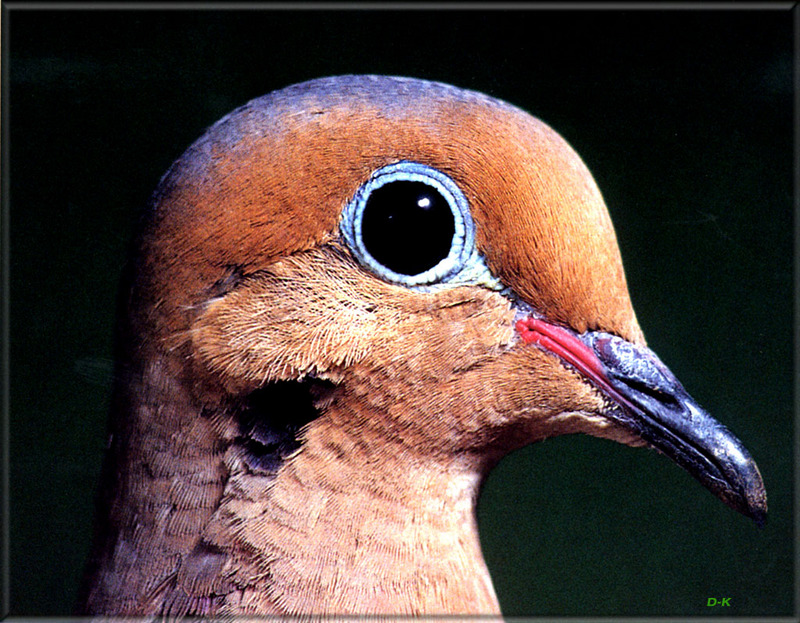|
| Query: Dove | Result: 919th of 1265 | |
[Birds of North America] Mourning Dove
| Subject: | [Birds of North America] Mourning Dove
| |

| Resolution: 1024x797
File Size: 247524 Bytes
Upload Date: 2005:04:07 11:29:14
|
Spinaker dk North American Wildlife |
^o^
Animal Pictures Archive for smart phones
^o^
|
|